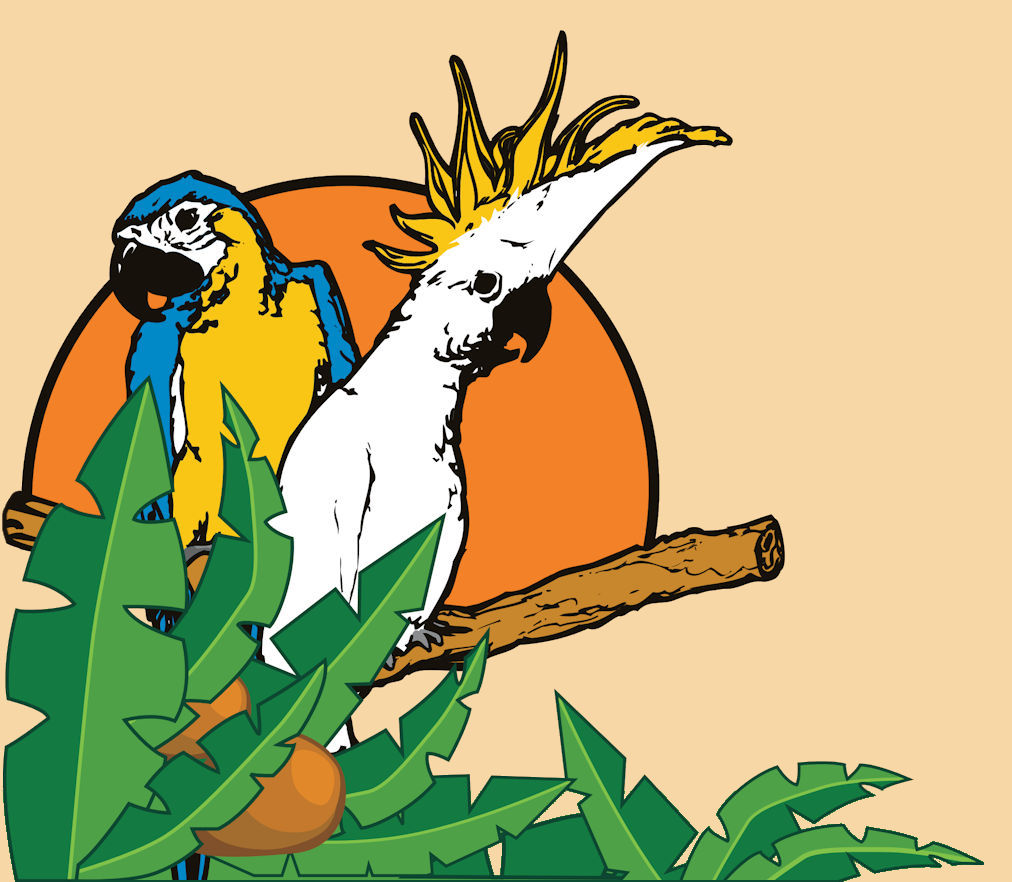Pionus are parrots that are not as well-known as the cuddly cockatoos, bright conures, or talkative amazons- but they are increasing in popularity for their easy-going personality. Native to Mexico, Central America, and South America; the most notable species are the Maximillian, the White-capped, and the Blue-headed.
Blue-headed Pionus are medium-sized, slightly larger than a Spectacled Amazon (the smallest of Amazons). They have a lifespan up to 25 years and potentially up to 35 or more.
At first sight, a young Blue-headed Pionus may not look flashy, but within a year or two it will molt and have striking blue head plumage! Both males and females have bright blue heads and gender can be difficult to determine without having a DNA test.
Their talking potential is low, but they are able to learn small vocabularies. For their size, they are also moderately quiet, but just like any parrot they can have loud, screechy moments! Blue-headed Pionus also have a thoughtful independence- similar to amazons but typically without the temperamental behavior. Some will also tolerate petting, and many love a good scratch around the head and nape of the neck.
An unusual trait of some Blue-headed Pionus, as well as other types of Pionus, is the habit of wheezing when over-excited or nervous. The wheezing will stop once they’ve calmed down.
Like most pet birds, a diet of pellets and a variety of fresh fruits and vegetables is recommended. Seed can be fed as an occasional treat.
